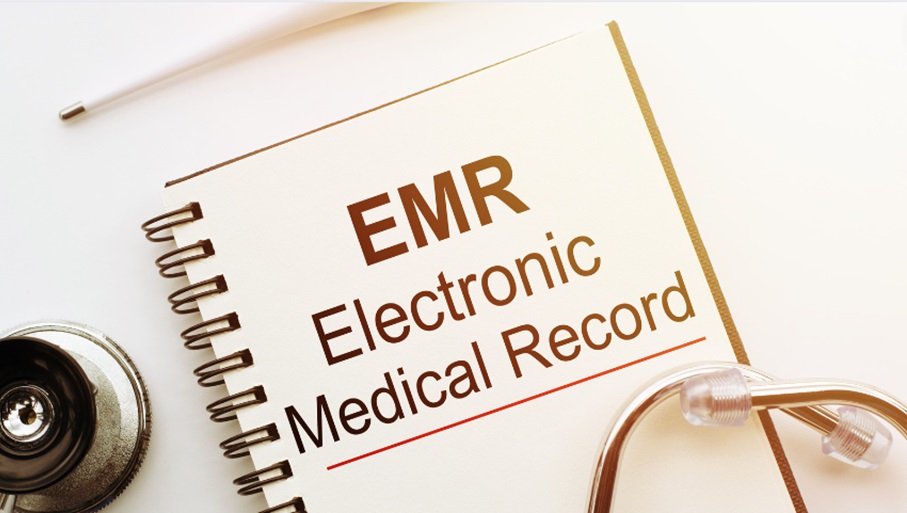The modern healthcare landscape continually evolves, and effectively managing patient information has become crucial to providing quality care. With technology at the forefront of transforming patient management, Electronic Medical Records (EMR) integration has turned into an essential aspect of healthcare organizations. This article will outline the steps to select the most appropriate EMR integration solution for your facility.
1. Identifying the Right Features
It is imperative to choose an EMR integration solution that meets your organization’s specific requirements. By knowing how EMR software is transforming the healthcare industry, you can pinpoint the essential features needed to improve efficiency and deliver better patient care. Ensure that the solution complements your organization’s existing workflow while adhering to industry standards and regulatory requirements. Integrating a feature-rich system helps streamline administrative tasks, enhance communication, and provide better data access.
2. Assessing Compatibility with Current Systems
EMR integration becomes more effective when it seamlessly works with your existing healthcare practice management system. The convergence of healthcare CRM and EMR integration allows practitioners to keep track of patient records and appointments, maximizing productivity. Ensure that the software is user-friendly and adaptable to the current hardware components and network infrastructure.
3. Prioritizing Data Security
The security of patient information is paramount to any healthcare facility. When selecting an EMR integration system, prioritize data privacy and protection against unauthorized access. Opt for a vendor that adheres to strict security protocols such as data encryption, role-based access controls, and data backup plans.
4. Evaluating Implementation Process and Support
Effective EMR integration may require significant changes to your organization’s technology infrastructure and workflow processes. By following a comprehensive guide to a successful EMR integration, you can anticipate the potential challenges and prepare for a smooth transition. Additionally, opt for a vendor that provides reliable technical support and training to ensure your staff can use the system effectively. With adequate support, you can minimize disruptions and prevent delays in patient care.
5. Cost Considerations
Finally, evaluate the cost of the EMR integration system in terms of both software licensing fees and hardware upgrades. Prioritize a solution that provides the necessary features without breaking your budget. Remember to consider the long-term ROI, including notable improvements in patient care, data management, and staff efficiency.
To Sum Up
Choosing the right EMR integration solution for your healthcare facility involves a thorough understanding of your organization’s needs, current systems, and industry landscape. By considering the features, compatibility, data security, implementation process, and cost, you can select the best solution possible and optimize patient care.

